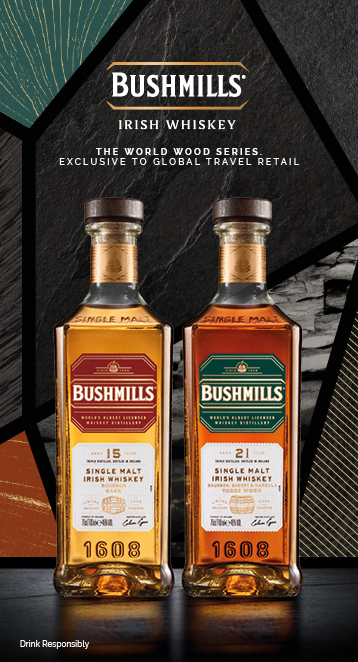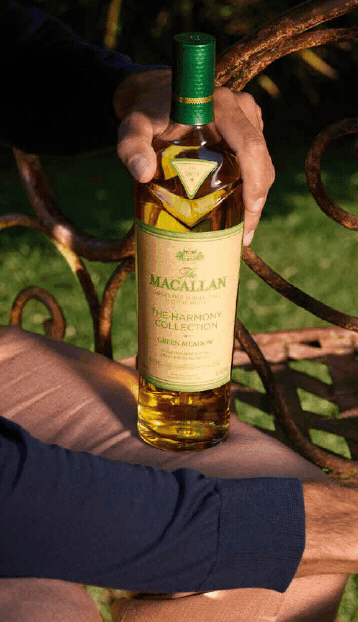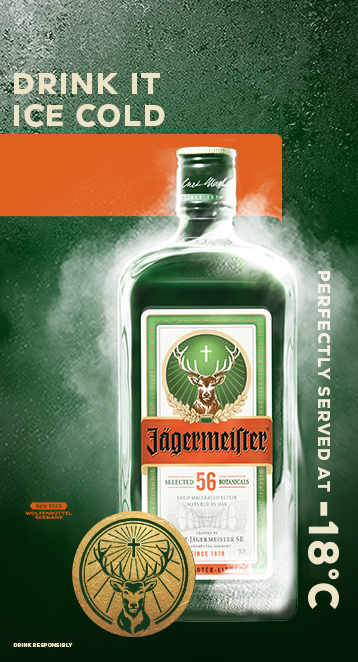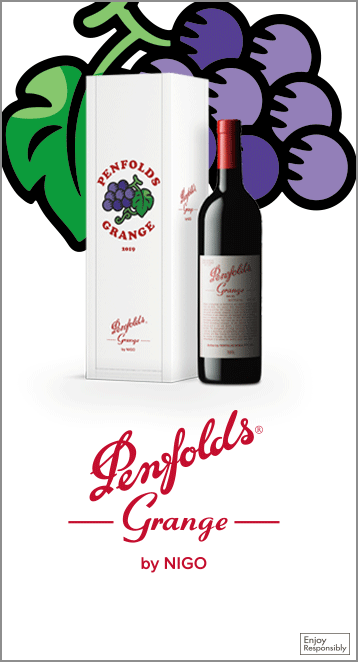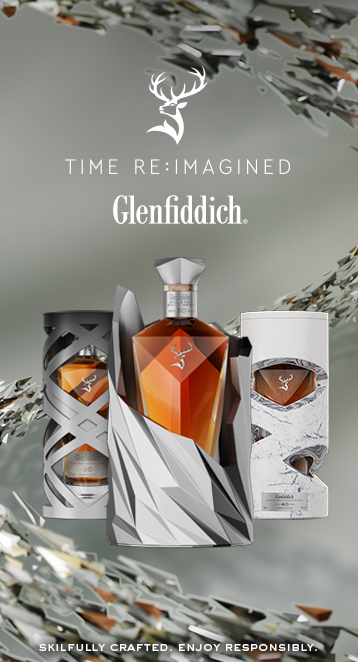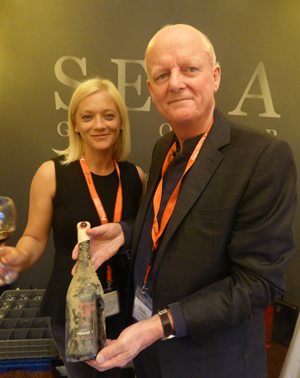 |
Martin Moodie meets Crusoe Treasure’s Irina Wiedermann |
Publisher’s introduction: You’ve heard of underground cellaring for wine, but never underwater, right? Wrong.
Meet Irina Wiedemann. She is fronting an extraordinary project that blends outstanding wine with a dash of Daniel Defoe and a unique cellaring concept.
Irina, whom I met at June’s ASUTIL conference in Panama, is coordinating the limited-edition launch of Crusoe Treasure. It’s a brilliant idea inspired partly by Defoe’s story of Robinson Crusoe, who survived as a castaway on a desert island for 30 years, and partly by the discovery of a sunken trade schooner 160 feet below in the Baltic Sea in 2010. Inside the vessel divers discovered 168 bottles of Champagne that, it transpired, had kept beautifully.
Philippe Jeandet, a Professor of food biochemistry at the University of Reims said of the wines: “It was incredible. I have never tasted such a wine in my life. The aroma stayed in my mouth for three or four hours after tasting it.”
According to a report on Smithsonian.com, wine connoisseurs agreed, several of the bottles being auctioned off for up to €100,000 a (literal) pop.
“By a stroke of luck,” the report said, “most of the bottles had been preserved in ideal condition – at a depth characterised by minimal light and temperatures ranging between 35 and 39 degrees Fahrenheit. The researchers observed very low levels of acetic acid in the wine, a primary red flag for spoilage. So as part of the testing, the team had a panel of wine experts take a taste. The compiled responses were then compared to the chemical findings.”
The question was posed. Did deep-sea aging enhance and protect wine during the aging process? The answer was in the affirmative. Crusoe Treasure was born.
The evocatively named wine project is owned by Bajoelagua Factory (founded by CEO Borja Saracho, who also created the Crusoe Treasure Project), an organisation created in 2004 that aims to spread knowledge of the sea through its various activities. These include the Underwater Drinks Aging Laboratory, a pioneering scheme that studies the way wine ages under the influence of the marine environment.
Crusoe Treasure’s international distribution is driven from Spain by Irina through Otis McAllister Europe, a joint venture between Otis McAllister, San Francisco, and EVA Group.
How Crusoe Treasure is born (above in English, below in Spanish) |
“We have the first and only underwater wine cellar in the world,” Irina tells me. “We started six years ago. We collected wines from 27 different bodegas in Spain and we started the experiment. We tasted them every month to see the evolution and it was surprising. We would always keep the terrestrial brothers [wines aged in traditional fashion] to compare and the underwater wines would always be better.”
The company experimented for two years, then hired a renowned oenologist, Antonio Palacios. “He joined us after one of the first comparative tastings,” says Irina. “He was so amazed about the very different evolution of the underwater wines, that as an oenologist and scientist he basically could not resist when Borja Saracho asked him to join the team.
 |
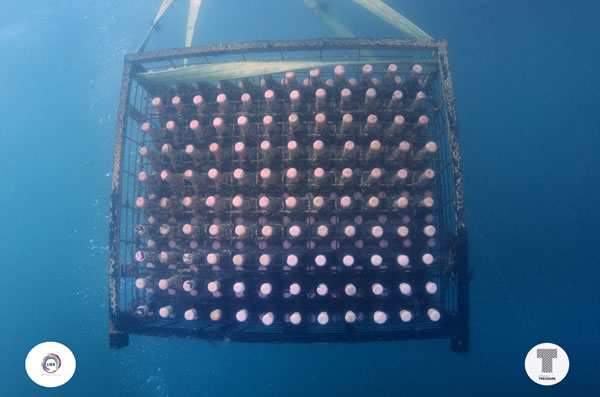 |
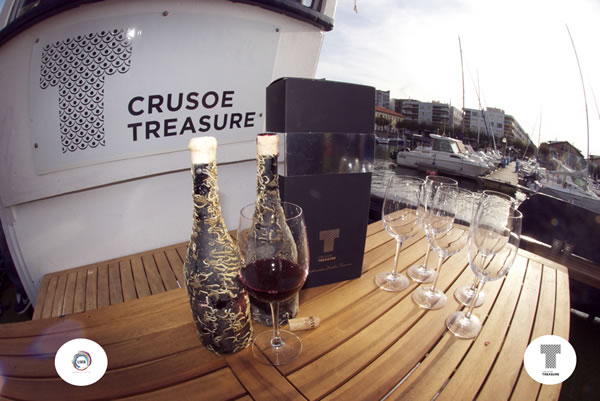 |
“To have Antonio Palacios as our oenologist meant we had added a priceless value to the project. Antonio has two of the most modern laboratories in Europe, one in La Rioja and the other one in Bordeaux (see www.labexcell.com. He created two wines – Crusoe Treasure and Crusoe Classic (see panel).”
The results, as I discovered, speak for themselves. I tasted the wines while talking to Irina about the company’s fascinating story.
Martin Moodie: Tell us about the whole underwater cellaring process.
We’re located in the Atlantic Ocean next to Bilbao. It’s a beautiful bay and it’s almost 20 meters deep. We chose this area because we have huge waves coming from the ocean as well as currents from the river. That gives us what we wanted to achieve – lots of movement.
Then we have this huge structure [called an MEC, pictured below] for the wines – it’s like a huge cement cage with windows, so the currents can pass through.
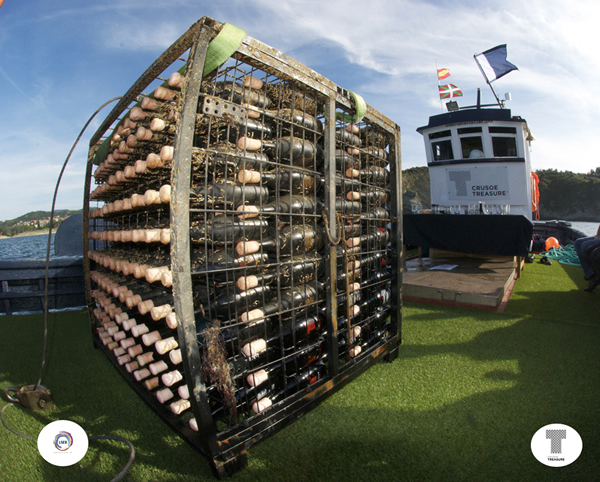 |
So the wine’s exposed?
Yes. The bottles are always safe but they have space for some movement. We actually have created the cellar as an artificial reef. We now have over 2,000 species living with us. It’s incredible.
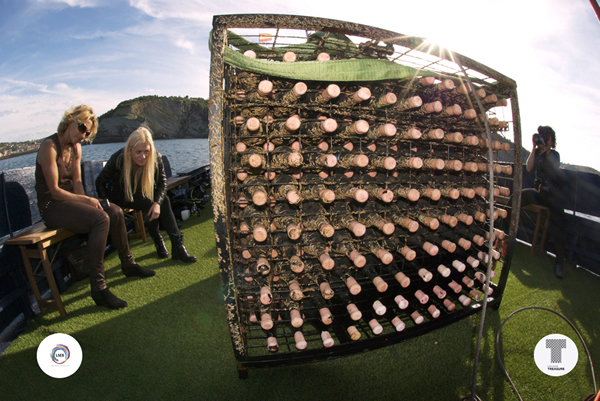 |
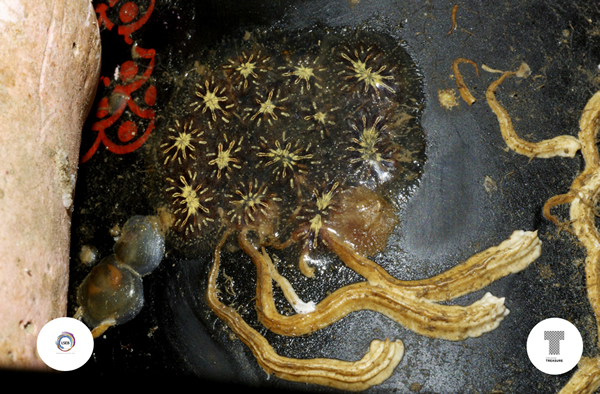 |
In terms of aging, what’s the process from bottling to going underwater?
For example, this 100% Temperanillo from 2011 that we’re tasting spent six months in American oak (new wood) and then one year – and in the case of some bottles 14 months – in the ocean. We find that after one year the wine is ready to be consumed.
So is the sea actually accelerating and changing the aging process?
It is definitely accelerating the aging, but at the same time keeping the wine fresher. This is the first thing that you notice when you taste the wines.
The colour is so shiny. It’s unbelievable comparing it to the terrestrial wine. The nose is the big difference”¦ the fruit comes out so intense. It’s super complex but at the same time it’s so easy and nice to drink because it’s velvety. It’s a perfect balance.
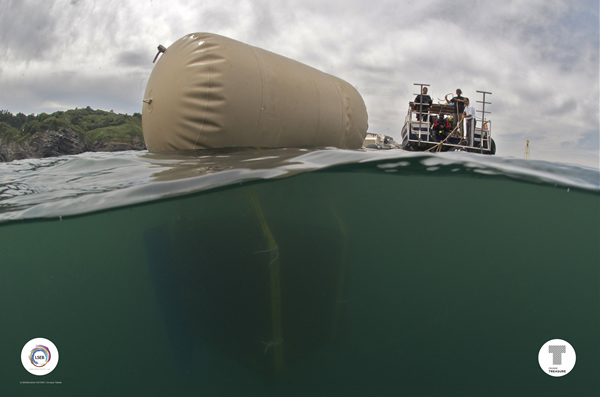 |
 |
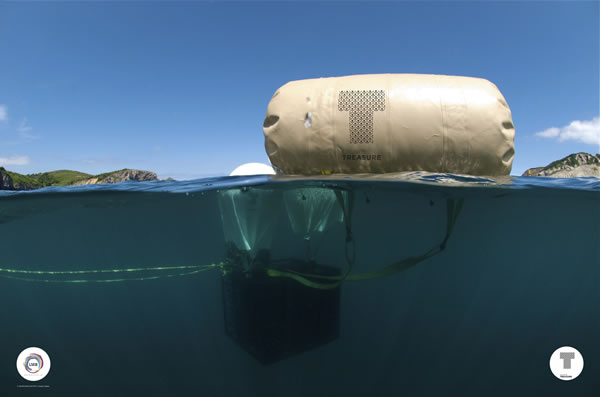 |
How does the cork react to water?
We use the best cork that exists, called Flor. The density of this cork is like a Champagne cork. It needs to be, because it’s going 20 meters down.
Any thoughts on how these wines will age long term?
It will have a very long life. But we don’t know exactly; we’re only into out second vintage. We’re learning and the wine will show us! We also have some bottles in our terrestrial bodega, so let’s see what happens.
You’re a young company. Who’s behind it?
The commercial operation is through Otis McAllister. Nick Tamma is CEO of Travel Retail and the divers (Borja Saracho, the founder and his team) are from Bajoelagua Factory. Together we’re trying to let the world know that we’ve done something amazing!
Well the wine is amazing.
And it’s not just a marketing thing. We have scientific documentation produced by Antonio Palacios, a Doctor in Oenology and Microbiology), where we explain exactly what is happening with the wine. It appears that the radicals in the wine are being eliminated by being in the water and – very importantly – we are also creating marine life in the reef [pictured below].
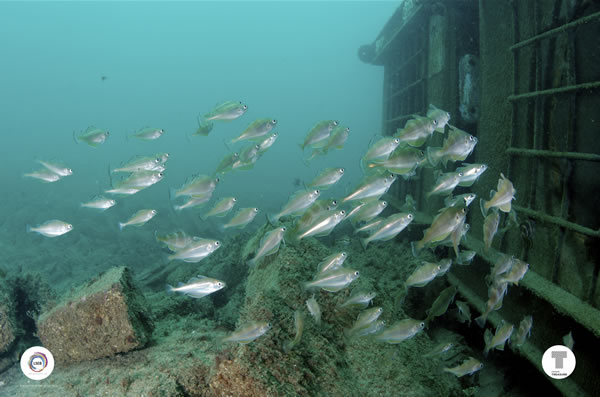 |
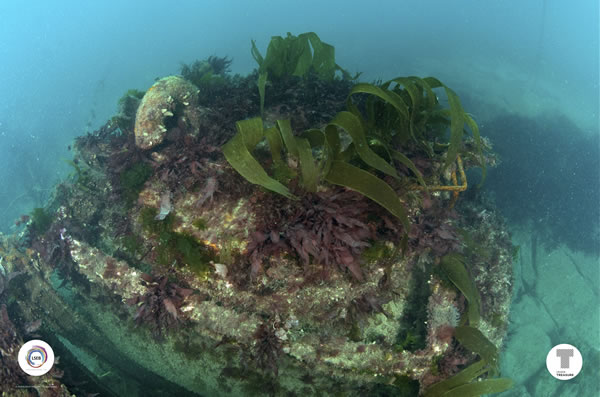 |
It must be very exciting when you raise the wine from the sea?
Yes we’re always all there together. We bought a very old boat from Galicia [an autonomous community in northwest Spain -Ed] and when it happens and we’re doing the whole thing with the crane and the divers are in the water”¦ it’s a tiny village and everybody’s out watching.
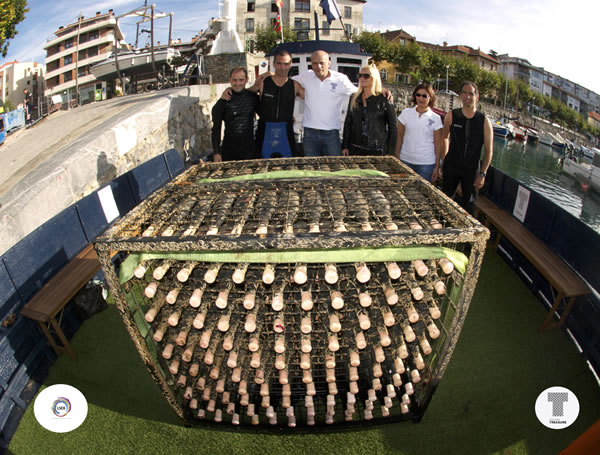 |
 |
So is this little seaside village becoming famous?
Yeah, with the [resultant] tourism. You can even dive to see the reef and you can reserve your own bottle. We got an award last year from The Basque Country for tourism and innovation. The Basque government is supporting us so much – they’re renting us 500sq m on the ocean floor.
We’re trying to show the old wine world that new things can be good too. Whatever it takes to make the wine better – why not?
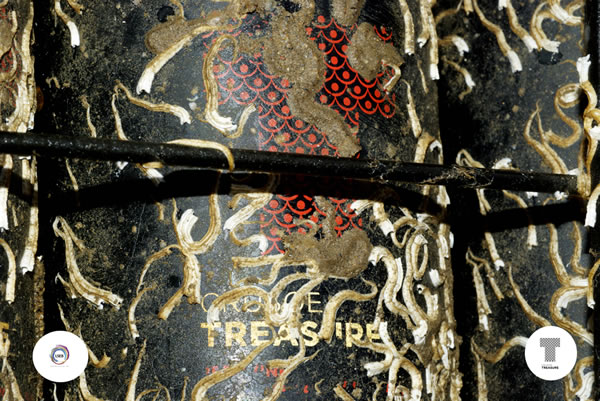 |
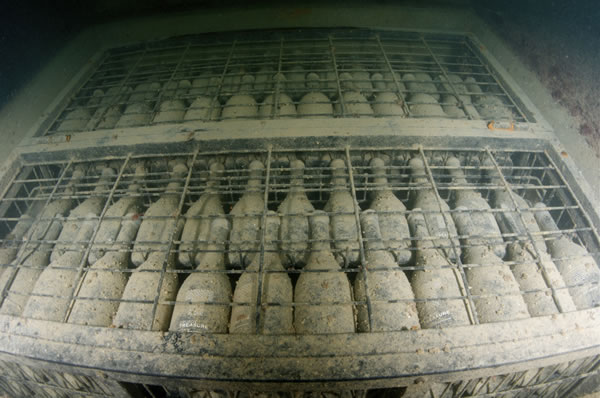 |
On that note, what’s been the reaction from the traditional wine establishment?
At first they dismissed it just as marketing. But my first client, in the Basque country is very famous in fine cuisine. His name is Mariano Rodríguez, Sommelier of Arzak, and ranked as one of the best Sommeliers worldwide. When he tasted the wines, he did not believe it. He said, “This is not a Rioja, not a Ribero. It’s incredible.” So slowly, slowly, the reaction is working.
 |
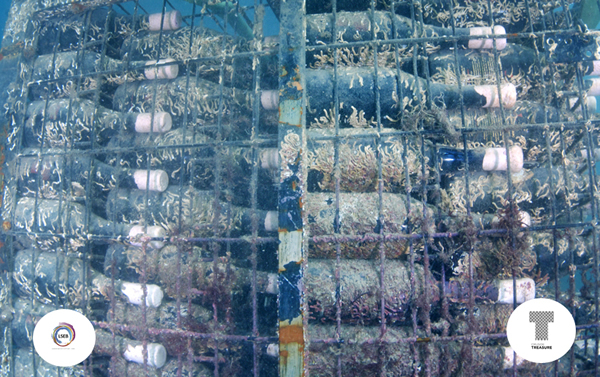 |
What sort of production levels do you have?
This one we’re drinking [100% Tempranillo] is 5,560 bottles. Another is 3,200. This month we’re putting 5,000 from each in the [underwater] cellar. We’re also doing experiments, for example with [Spanish méthode champenoise sparkling wine] Cava, where we’ve found we can accelerate the process, and also with barrels!
Inevitably, I guess, you will spawn some me-toos?
Yeah, many people are copying us, but we are the only ones with the know-how, the scientific studies, and the facilities. Nobody else has.
We are aware of all of them but it’s not necessarily bothering us because we have a patent that means we’re the first and only true underwater wine cellar. We have all the necessary permissions – because it’s not simply a matter of being able to put bottles in the sea and then sell them.
Do you own the vineyards?
No we work with various bodegas but we do have our own oenologist, Antonio Palacios, who picks the regions and creates the wines. Our idea is to be very international. We don’t just want to have Spanish wine. The next wines could be French, Italian, Californian”¦
So international expansion looms?
Yes, we just need investors. We have all the technical knowhow; we know exactly what to do and we have marine biologists on our team and so on.
How are you handling duty free and travel retail?
Nick Tamma is handling travel retail out of Otis McAllister in Florida. Nick is taking me all over the world with him now to show the wine. He knows everybody!
Thanks to Nick I have now an amazing client in Monaco, for example, who rents and sells mega yachts and so we developed a box with their logo as a gift for their clients.
What are we talking in terms of retail price point?
In Spain both wines, Crusoe Treasure Classic and Crusoe Treasure Passion have the same price, €185. It comes in a special boxed presentation and each bottle is accompanied by a book and a certificate. It’s numbered always, up to 5,000. We explain how the wine was cellared at sea, all about the corking, the temperature and all the key details.
 |  |
 |  |
Tell me about your own wine journey
I was born in Kazakhstan to a German family. When I was a teenager we moved back to Germany and since then I’ve travelled all around the world and in the past ten years I’ve lived in Spain, in San Sebastian.
My wine journey started in Germany where I studied hospitality management. We got very good training in wines, and this is where my passion started. I was 18 or 19, and when I tried my first Rioja I said “That’s it. That’s my land!”
As you know, in Germany the consumption of Italian wines is bigger, but I was always into Spanish wines. After that it was more like a hobby and with this project it’s just”¦ you know”¦ the dream came true.
WINE NOTES
CRUSOE TREASURE CLASSIC
Description: Red wine from select vineyards that are barrel aged, then bottled. The wine finishes aging under the sea.
Varietals: Tempanillo, Mazueloand Graciano
Tasting Notes: With one year of aging in oak barrels followed by a second year underwater, the wine has a balance of fresh fruit and spicy oak aromas, with soft tannins and a complex, very strong finish. Flavourful saline touches complete the mineral character of Crusoe Treasure.
Limited Edition: LSEB certified to 3,200 numbered units.
Certified Process: One year of underwater aging.
Removed from the sea in December 2012.
CRUSOE TREASURE PASSION
Description: Red wine from select vineyards, partially aged by barrel, then bottled. The wine finishes aging during the undersea treasuring process.
Varietal: 100% Temperanillo
Tasting Notes: With six months of aging in oak barrels followed by a year underwater, this Tempranillo wine is very robust, with a powerful structure, and a youthful, fruity expression exhibiting aromas of berries and sweet vanilla, conveying fresh sensations.
Limited Edition: LSEB certified to 5.560 numbered units.
Certified Process: Underwater aging for one year.
Removed from the sea in 2013.
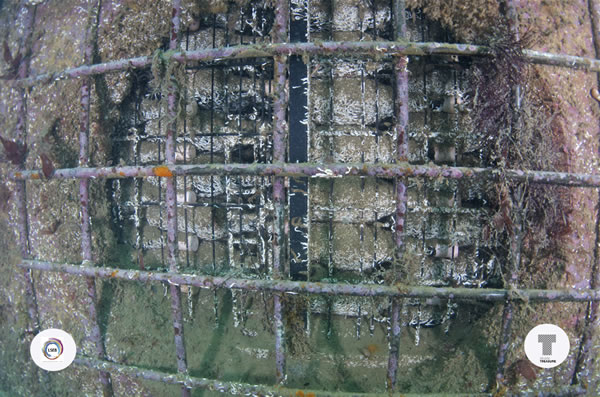 |
 |
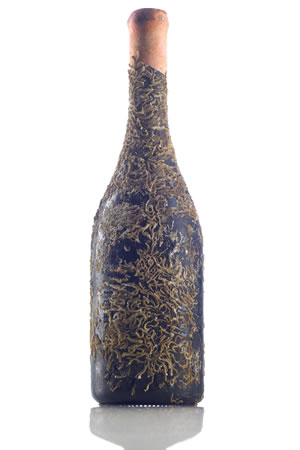 | 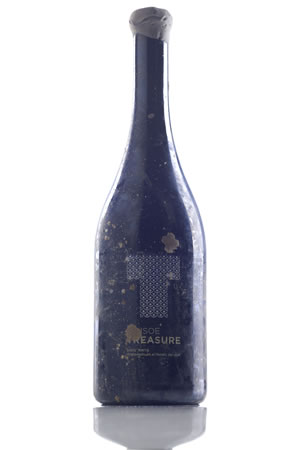 |
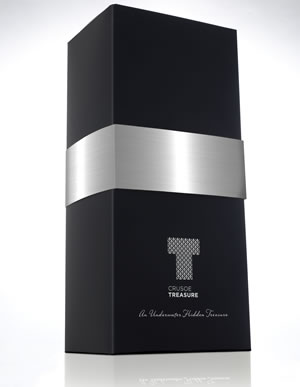 | 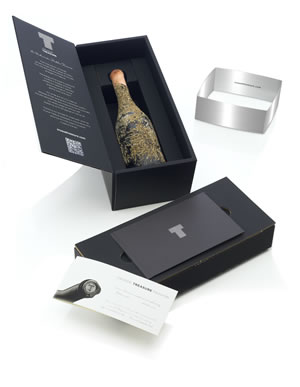 |




